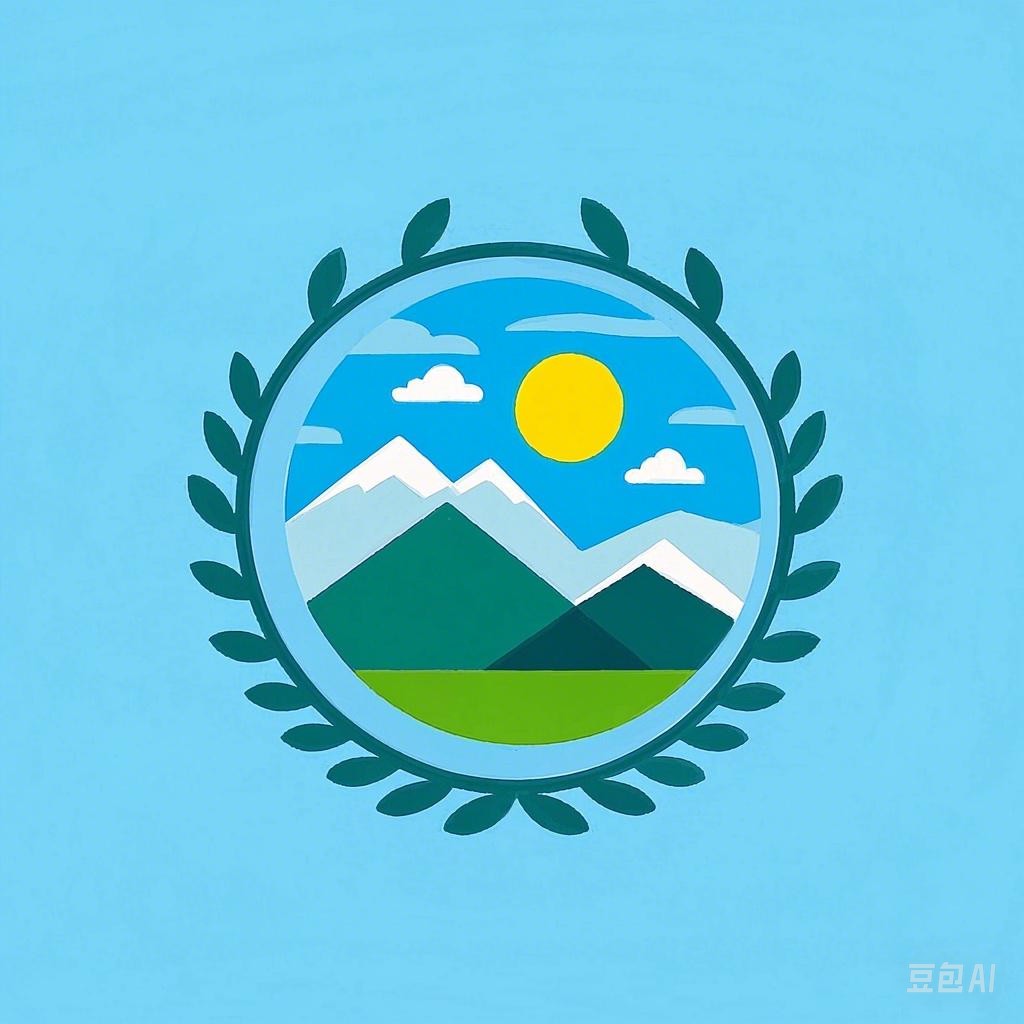Introduction
Iceland, a land often described as the “Land of Fire and Ice,” is a destination that captivates travelers with its breathtaking landscapes, vibrant culture, and fascinating geological wonders. This article takes you on a journey through Iceland, exploring its unique features, historical significance, and the experiences that make it a must-visit destination for adventure seekers and nature lovers alike.
Geographical Wonders
Volcanoes and Geysers
Iceland is renowned for its volcanic activity, which is evident in its numerous volcanoes and geysers. The most famous geyser, Strokkur, erupts every few minutes, offering a spectacular display of steam and hot water. The Thrihnukagigur volcano, located near Reykjavik, offers a unique opportunity to descend into a magma chamber, a once-in-a-lifetime experience.
Glaciers and Ice Caps
Iceland is home to over 10% of the world’s glacial ice, with Vatnajökull being the largest ice cap. Exploring glaciers like Sólheimajökull and Langjökull provides a glimpse into the raw power and beauty of nature. Ice cave tours are also a popular activity, allowing visitors to witness the stunning formations of ice sculptures.
Waterfalls
Iceland is dotted with numerous waterfalls, each with its own unique charm. Gullfoss, known as the “Golden Falls,” is one of the most famous, with its dramatic two-step drop into the Hvítá river. Seljalandsfoss and Skógafoss are other notable waterfalls, offering picturesque views and opportunities for adventurous swimming.
Natural Landscapes
Highlands
The highlands of Iceland, known as the Highlands or Haukadalur, are a remote and rugged region that covers one-third of the island. This area is characterized by its barren, mountainous terrain and is accessible only during the summer months. The highlands offer a sense of solitude and the chance to experience the raw beauty of Iceland’s natural landscapes.
lava Fields
Iceland’s volcanic activity has created vast lava fields, such as the Reykjanes Peninsula and the Thrihnukagigur volcano. These landscapes are a testament to the island’s geological history and provide a unique environment for hiking, photography, and exploration.
Cultural Heritage
Viking Heritage
Iceland’s history is closely tied to the Vikings, who settled the island in the late 9th century. The country’s Viking heritage is celebrated through historical sites like the Skálholt Cathedral, the National Museum of Iceland, and the Saga Museum. Visitors can also embark on Viking-themed tours that offer insights into the lives of these ancient explorers.
Modern Icelandic Culture
Icelanders are known for their strong sense of community and cultural pride. Reykjavik, the capital city, is a vibrant hub of art, music, and culinary delights. The city is home to the Reykjavik Art Museum, the Harpa concert hall, and numerous restaurants serving traditional Icelandic cuisine.
Outdoor Activities
Hiking and Trekking
Iceland’s diverse landscapes offer endless opportunities for hiking and trekking. The Laugavegur trail, known as the “Golden Circle,” is a popular hiking route that takes visitors through lava fields, waterfalls, and geothermal areas. The Fimmvörðuháls trail offers a challenging hike to the summit of Eyjafjallajökull volcano.
Ice Climbing and Snowmobiling
For those seeking more adrenaline-pumping activities, ice climbing and snowmobiling are popular choices. The Langjökull glacier is a prime location for these activities, offering breathtaking views and a thrilling experience.
Conclusion
Iceland is a land of contrasts, where the fiery energy of volcanoes meets the serene beauty of glaciers and waterfalls. Its rich cultural heritage, vibrant modern scene, and abundance of outdoor activities make it a truly magical destination. Whether you’re an adventure seeker or a nature lover, a journey through Iceland’s Land of Fire and Ice promises unforgettable experiences.
